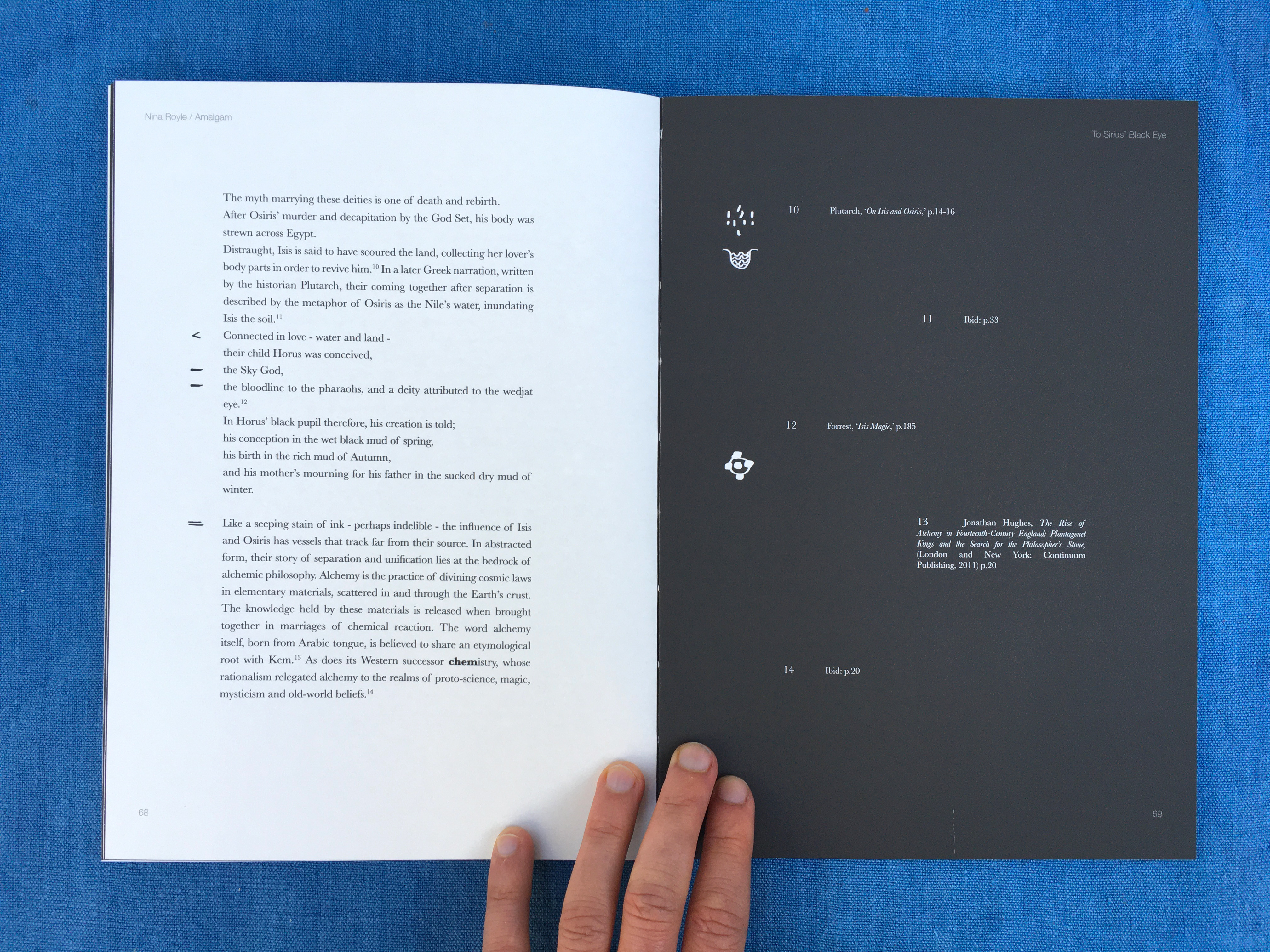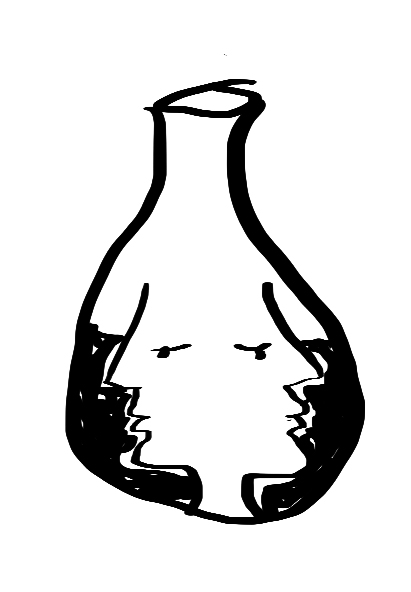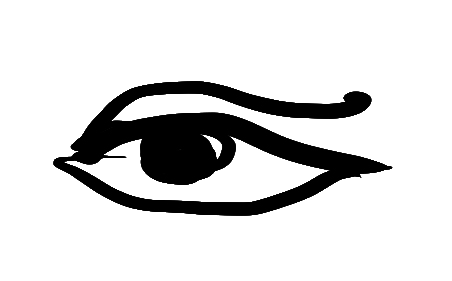Amalgam

‘AMALGAM: COLLECTED WRITING’ by NINA ROYLE
Published by KINGSGATE PROJECT SPACE / FOLIUM 2020
Authors: NINA ROYLE
DAN HOWARD-BIRT
Editor: MARIA CHRISTOFORIDOU
Design: FOLIUM (STEWART HARDIE & HARRY GAMMER-FLITCROFT)
ISBN: 978-1-8381391-0-0
Softcover, 98pp, 24 x 17cm, black & white, ed. 350
RRP £15
Kingsgate Project Space and Folium are proud to launch Amalgam, a collection of performance texts and poems by Nina Royle. Using the disconcertingly simple subject of colour, the two principal texts in this book weave fascinating and disquieting tales of trade, exploitation and power. Beginning with the way names are given to particular colours and tracing routes from the mining of pigment-bearing minerals and the harvesting of hundreds of thousands of sea snails, through colonialisation and the popularising of religious metaphors (good and evil, purity and virginity), to the colouring of the sails of Cleopatra’s barge, the National Gallery’s Wilton Diptych and the uniforms of the French army. Drawing on texts from Christopher Columbus to Rachel Cusk; Forough Farrokhzad to Derek Jarman, and mixing alchemy, the gods of ancient Egypt and C.20th space travel, these texts ask the reader to consider the complex implications bound up in calling blue ‘blue’, or black ‘black’. Originally written as texts for performance art works at Tate St Ives and NICC (Brussels), and expanded and revised for this book, the writing blends mantra-like incantations with declamatory speech; poetic musing with clear-sighted social observation. Two further poems complete this book. The first connects a C.15th church wall painting of a mermaid with an acupuncture session. The second considers the thin membrane that separates domestic living from urban wildlife. An essay by artist and curator Dan Howard-Birt introduces the book by asking the reader to think again about a continuing value of Wunderkammer, where the meaning of objects is not imposed by order and taxonomy, but hovers between objects to be felt by the viewer. This conjuring of meaning between different voices, he argues, runs to the heart of Nina Royle’s writing.







